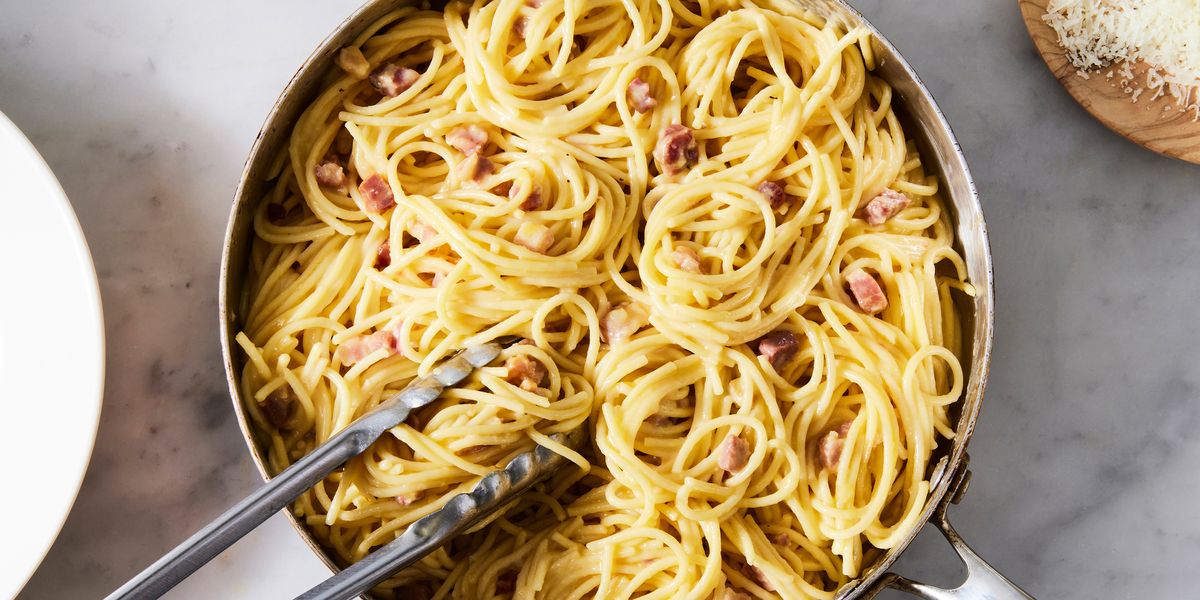
Though many people travel to Rome to experience the Colosseum, for me, there’s only one reason to make the trip: carbonara! Like other Italian classics bucatini all’Amatriciana and cacio e pepe, eating a bowl of silky, rich, perfectly salty carbonara is life-changing. The classic Roman dish composed of silky eggs, Sardinian sheep’s milk cheese, and al dente spaghetti or spaghettoni (a thicker version of spaghetti) is comfort food + good for the soul + Italian bliss all wrapped around your fork tines. The best part? It’s completely possible to make it great right at home. Read on for all of our top tips on how how to make yours the best it can be:
How to make the best carbonara:
Temperature and time are key for making a quality carbonara. Don’t be hasty! Cook your pasta once everything else has been prepped. Whether using pancetta or guanciale (see below), it takes time to render the fat to produce crispy pieces of pork. Cook the pasta and stay close by to retrieve it from its starch bath. From there it will go straight to the bowl of eggs and cheese—draining via a strainer isn’t needed.
The ingredients for carbonara:
— The best pasta for carbonara. We’re looking for thick noodles here—thin spaghetti just won’t give you the same level of satisfaction and authenticity. Regardless of the pasta shape used, make sure to control the amount of water used to cook the pasta. A shallow pan like a skillet or sauté pan allows for more concentrated starchy water to develop as the pasta cooks. Less water will yield a starchier liquid for the carbonara sauce.
— Pancetta > bacon. While you can use bacon instead in this recipe, we prefer to use pancetta for its salty, less-smoky flavor. You’ll typically find flat pancetta or rolled pancetta at the store, but always opt for the latter; try to avoid buying pre-cut pancetta. When cooking, there’s so much fat on the pancetta that additional oil isn’t necessary, so make sure to start the meat in a cold pan and render the fat over medium heat until golden brown.
— The cheese. Grate your cheese right before using, and whatever you do, DON’T buy pre-shredded. Like we suggest in most of our pasta recipes, pre-shredded cheese just won’t give you the same flavor or texture. If you can’t find Pecorino Romano, you can substitute Parmesan Reggiano or Piave.
Serving ideas:
This decadent pasta is fully satisfying all on its own, but if you’re looking for sides, we recommend pairing this with our favorite side dishes for pasta, including Parmesan roasted green beans, focaccia, and cacio e pepe Brussels sprouts.
Variations:
Once you’ve mastered this classic pasta, you can experiment with other recipes using the same flavors. Our ramen carbonara uses a great easy hack, our pumpkin carbonara is perfect for fall, our chicken carbonara is great if you’re craving more protein, and our carbonara pizza is perfect for upgrading your pizza night.
If you tried this recipe, let us know how it went in the comments below, and give us a rating!

Though many people travel to Rome to experience the Colosseum, for me, there’s only one reason to make the trip: carbonara! Like other Italian classics bucatini all’Amatriciana and cacio e pepe, eating a bowl of silky, rich, perfectly salty carbonara is life-changing. The classic Roman dish composed of silky eggs, Sardinian sheep’s milk cheese, and al dente spaghetti or spaghettoni (a thicker version of spaghetti) is comfort food + good for the soul + Italian bliss all wrapped around your fork tines. The best part? It’s completely possible to make it great right at home. Read on for all of our top tips on how how to make yours the best it can be:
How to make the best carbonara:
Temperature and time are key for making a quality carbonara. Don’t be hasty! Cook your pasta once everything else has been prepped. Whether using pancetta or guanciale (see below), it takes time to render the fat to produce crispy pieces of pork. Cook the pasta and stay close by to retrieve it from its starch bath. From there it will go straight to the bowl of eggs and cheese—draining via a strainer isn’t needed.
The ingredients for carbonara:
— The best pasta for carbonara. We’re looking for thick noodles here—thin spaghetti just won’t give you the same level of satisfaction and authenticity. Regardless of the pasta shape used, make sure to control the amount of water used to cook the pasta. A shallow pan like a skillet or sauté pan allows for more concentrated starchy water to develop as the pasta cooks. Less water will yield a starchier liquid for the carbonara sauce.
— Pancetta > bacon. While you can use bacon instead in this recipe, we prefer to use pancetta for its salty, less-smoky flavor. You’ll typically find flat pancetta or rolled pancetta at the store, but always opt for the latter; try to avoid buying pre-cut pancetta. When cooking, there’s so much fat on the pancetta that additional oil isn’t necessary, so make sure to start the meat in a cold pan and render the fat over medium heat until golden brown.
— The cheese. Grate your cheese right before using, and whatever you do, DON’T buy pre-shredded. Like we suggest in most of our pasta recipes, pre-shredded cheese just won’t give you the same flavor or texture. If you can’t find Pecorino Romano, you can substitute Parmesan Reggiano or Piave.
Serving ideas:
This decadent pasta is fully satisfying all on its own, but if you’re looking for sides, we recommend pairing this with our favorite side dishes for pasta, including Parmesan roasted green beans, focaccia, and cacio e pepe Brussels sprouts.
Variations:
Once you’ve mastered this classic pasta, you can experiment with other recipes using the same flavors. Our ramen carbonara uses a great easy hack, our pumpkin carbonara is perfect for fall, our chicken carbonara is great if you’re craving more protein, and our carbonara pizza is perfect for upgrading your pizza night.
If you tried this recipe, let us know how it went in the comments below, and give us a rating!
- Yields:
-
6
serving(s)
- Prep Time:
- 15 mins
- Total Time:
- 50 mins
- Cal/Serv:
- 733
Directions
-
- Step 1
In a medium skillet over medium low heat, cook pancetta, stirring occasionally, until golden brown and crispy, 20 to 25 minutes. Transfer pancetta to a paper towel-lined plate.
- Step 2Meanwhile, in a large pot, combine salt and 10 cups water and bring to a boil. Cook spaghetti, stirring occasionally, until al dente, 8 to 10 minutes; reserve 1/2 cup pasta water.
- Step 3While pasta cooks, in a large heatproof bowl, whisk egg yolks, egg, and cheese until just combined.
- Step 4Immediately transfer spaghetti to egg mixture. Add pancetta and 1/4 cup pasta water and stir, adding 2 to 4 tablespoons more pasta water if sauce seems too thick, until cheese is melted and sauce is smooth; season with pepper.
- Step 1


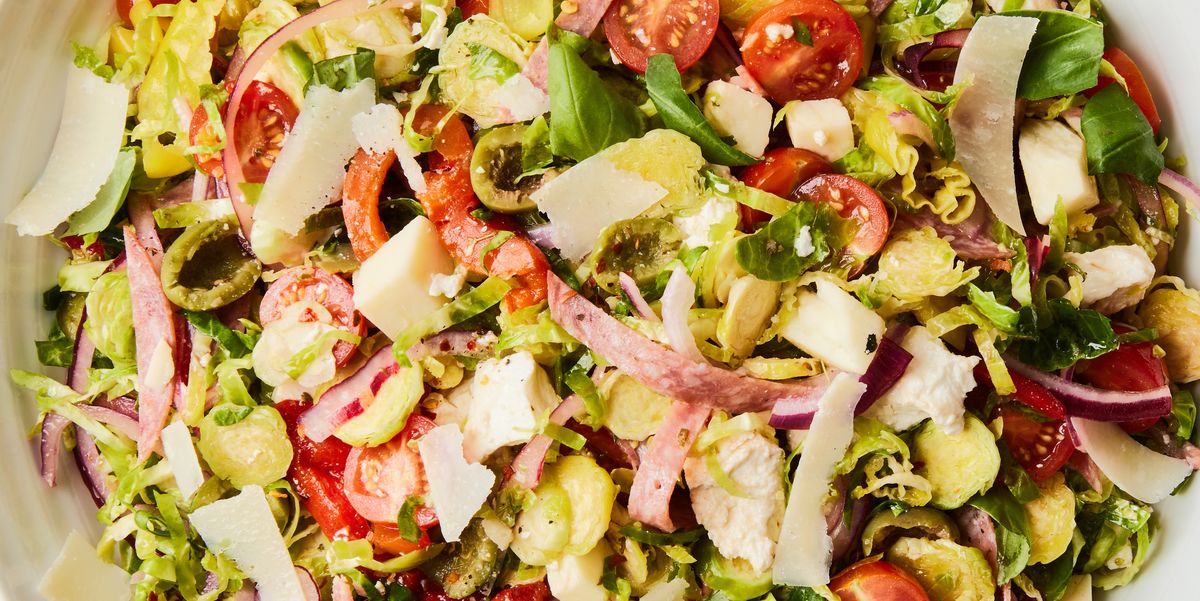
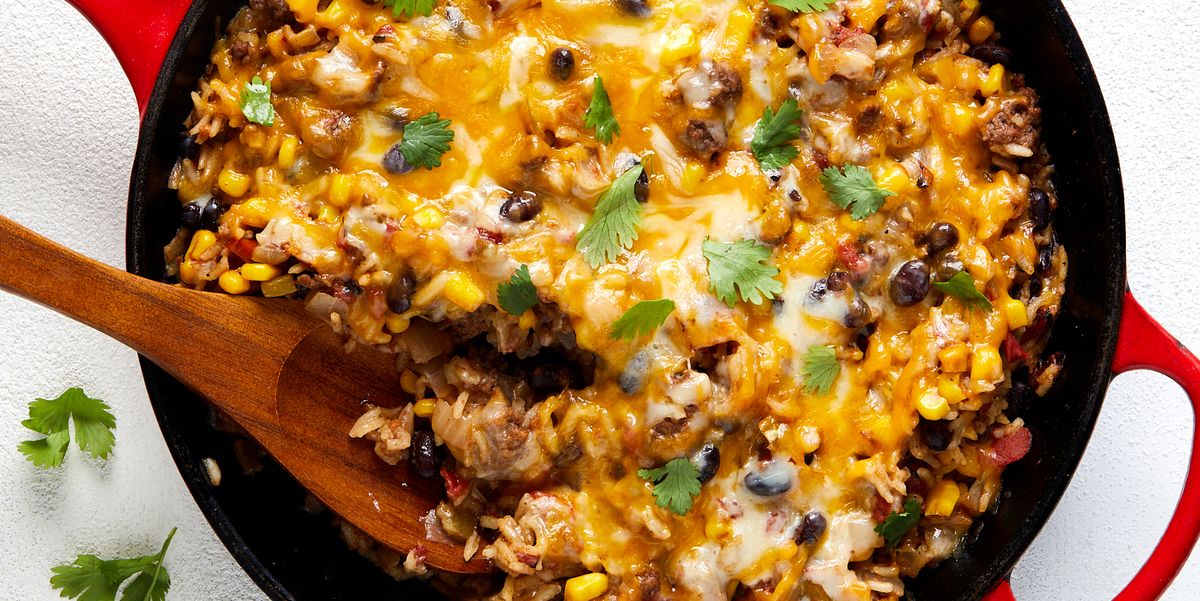
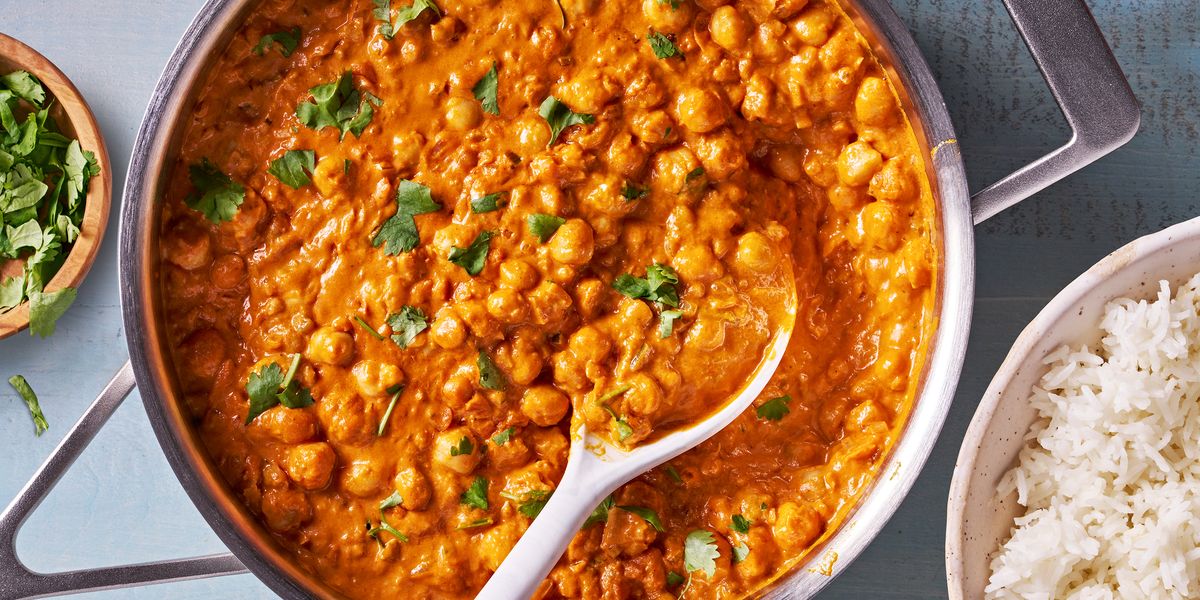
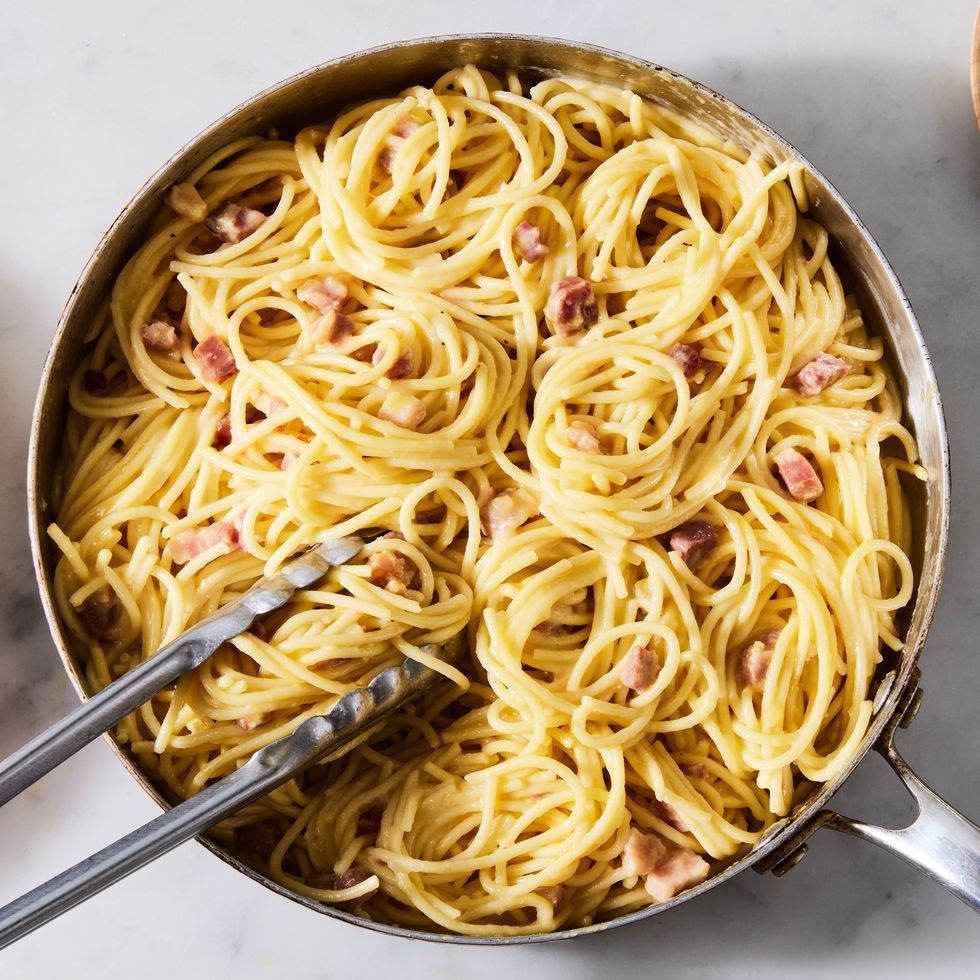

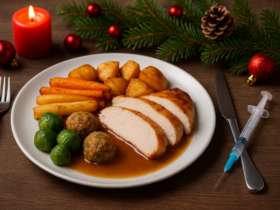






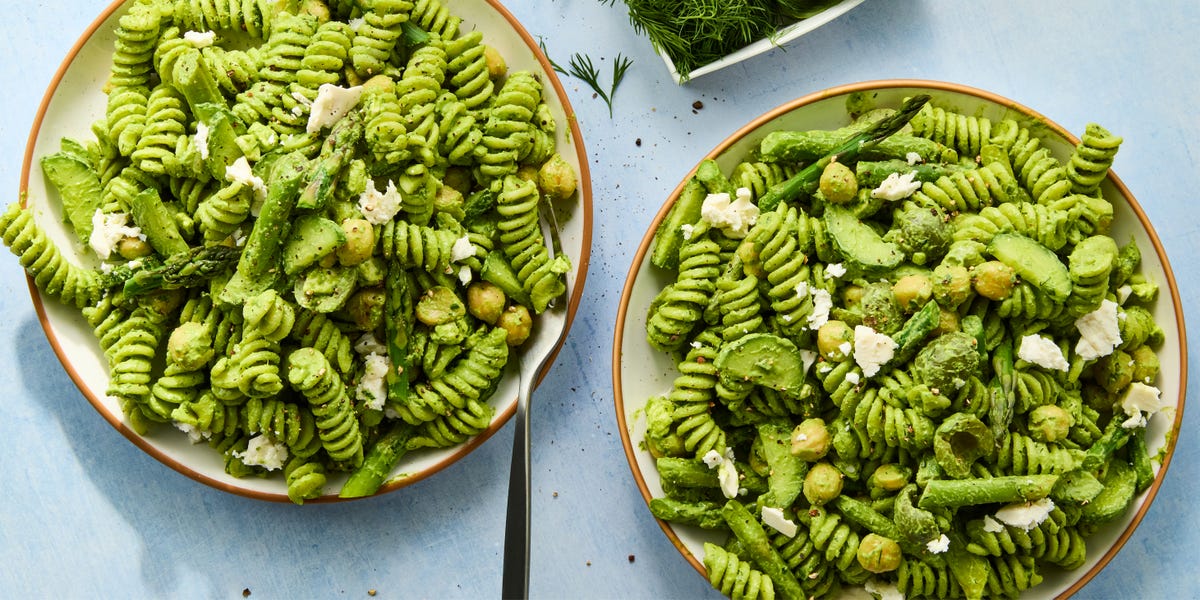


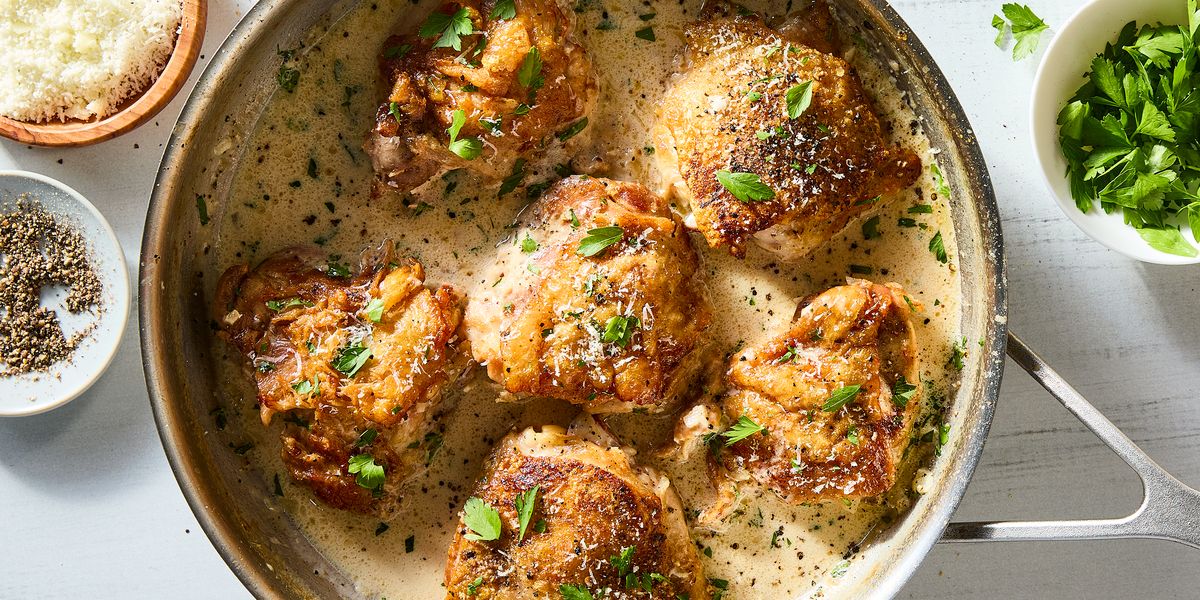

Leave a Reply